By Raymond E. Bell
The Italian sailors sang “Tripoli Will Be Italian” at the rumble of the cannon as ships of the Italian naval squadron left port and sailed south to the shores of North Africa in late September 1911. Many in Italy, including school children, also knew well the refrain to the song “A Tripoli.” Although born in the United States, Amelia Pasquini Stillman, the daughter of an Italian soldier who served in North Africa during the period, can still sing verses of the song. The occasion for the burst of enthusiasm accompanying the song was the declaration of war by Italy which sought to drive the Turks from the provinces of Tripolitana and Cyrenaica (now Libya) located along the shore of North Africa in what was to be the Italian-Turkish War of 1911-1912.
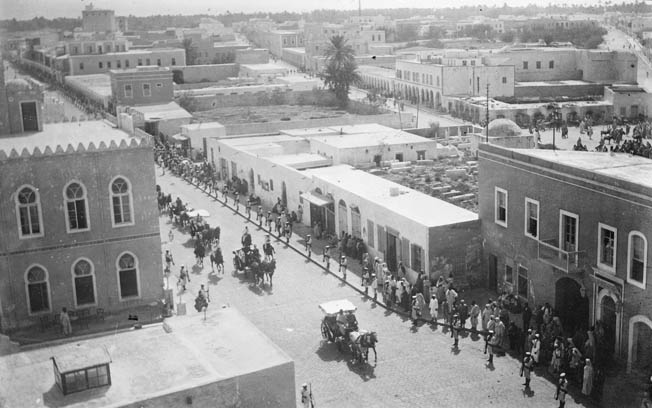
The turn of the 20th century saw many western European countries striving to establish and consolidate empires, especially in Africa. France in 1911, for example, was about to establish a protectorate in Morocco. Tripolitana and Cyrenaica, directly south and across the Mediterranean Sea from Italy, offered a tempting opportunity to expand Italy’s economic interests. The annexation would not only offset France’s advances in Morocco but also assuage the pressure of a revived nationalist movement.
From an economic perspective, the coastal plain especially could provide Italy with foodstuffs, and it was close enough to the Italian mainland to offer easy transportation of goods across the sea. Jobs for Italians, as well as good entrepreneurial opportunities, presented themselves to many who found work difficult to obtain on the European Continent. At the same time, it was easy for workers to get back and forth between Italy and the two provinces, making jobs attractive to those who did not want to settle permanently in cities such as Benghazi and Tripoli.
Could the conquest of vulnerable Tripolitana and Cyrenaica, far flung parts of a crumbling Ottoman Empire, then have been too good an opportunity to pass up and accomplish the act while the rest of Europe’s interest was focused on what was going on in Morocco? Would it be as easy as picking palm tree dates to defeat the incumbent Turks?
Landing in Tripoli
In any event, it was early on September 28, 1911, that an Italian naval squadron appeared off the port city of Tripoli in North Africa. An officer disembarked from one of the ships and went to the local acting governor (the Vali). On arrival at the governor’s palace, the officer announced that if the Porte, the Turkish ruler, did not accept an ultimatum demanding the military occupation of the two North African provinces by that afternoon, a state of war would exist between Italy and Turkey. Ignoring the ultimatum would lead to bombardment the coastal city.
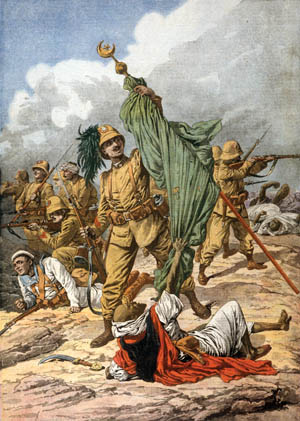
The Turks, however, were not to be intimidated by this brash action and refused to accommodate the Italian fleet sitting offshore ready to bombard Tripoli. The Italian commander of the cruiser squadron, Rear Admiral Count Paolo Thaon di Revel, waited until October 2 before he landed under a white flag of truce to demand, for a second time, the surrender of the city. The Turkish authorities declined to give up the city peacefully, and the Italian cruisers commenced firing on Tripoli’s obsolete fortifications. After two hours of irresolute resistance, the Turkish garrison troops abandoned their positions and withdrew to the sandy plain beyond the coast.
With government entities and troops gone, the local Arab population began to pillage and plunder the city’s shops and stores, many of which belonged to Italians. The German consul then requested that troops be landed to restore order, whereupon 1,600 Italian sailors disembarked from the ships. To be sure, many of the sailors were singing the vibrant verses with the refrain “Tripoli Will Be Italian”—at least under their breaths—as they began on October 5 to move about the city to subdue the rampaging Arab population. On October 7, Rear Admiral Raffaele Borca Ricci d’Olmo came ashore to assume the provisional governorship. Assembled to meet the new governor were some 100 sheikhs, among them the former mayor of Tripoli, Hasuna Pasha Karamanli, whose family had ruled Tripoli before the Turkish occupation. After this meeting, since the local populace seemingly had no love for the Turks, it was assumed that the Arab tribes would support a benevolent Italian occupation. Unfortunately for the Italians, that was not to be the case.
An Eight-Mile Defensive Line
While Tripoli was being targeted as a major city to be occupied, the Italian fleet also was active. On September 29 and 30, for example, Italian destroyers sank two Turkish torpedo boats. On October 1, Vice Admiral Augusto Aubry sailed with the battleships Roma, Vittorio Emanuele, and Napoli along with the cruisers Agordat, Amalfi, and Pisa to occupy the port city of Tobruk in Cyrenaica, a possible future naval base. Before joining the fleet, the Amalfi and Pisa had sailed to the nearby coastal city of Derna to destroy the radio station located there. The melodious name “Derna” would later be given to the sister of Amelia Stillman, thus memorializing one of the first actions of the Italian-Turkish War.
Tobruk, which later played a major role in World War II, became the first city taken by the Italians. On October 4, a full week before troops of the Italian expeditionary army landed at Tripoli, a detachment of sailors from the Italian fleet took possession of the city.
Back in Tripoli, the contingent of Italian sailors that had landed on October 5 was trying to hold an eight-mile defensive line. At the same time, they had to patrol the streets of Tripoli to discourage any additional looting. If the Turkish forces had decided to take back the city, the intervening week between the arrival of the sailors and the expeditionary force was a propitious time. The Turks had the strength to retake the city and probably would have succeeded if they had tried, but they did not. Instead, they bided their time and tried to rally the local Arabs to their cause and provide effective resistance to the Italian invaders. The Arabs were aided by two individuals, the former Turkish commander in Tripoli, Ferhat Bey, and an influential tribal leader named Suleiman el Baruni.
The first transports carrying the Italian expeditionary force of some 9,000 infantry, some field and mountain batteries, and two squadrons of cavalry appeared off Tripoli early on the morning of October 11. After debarkation these troops established themselves in positions around the city. However, the radius of action of this relatively small force was limited because there was a significant lack of ground transport. At most it was possible to execute a two-day march away from the force’s base. The limitation meant that the Italian commander, General Carlo Francesco Giovanni Battista Caneva, was effectively tied to his base of operations, at least on the ground.
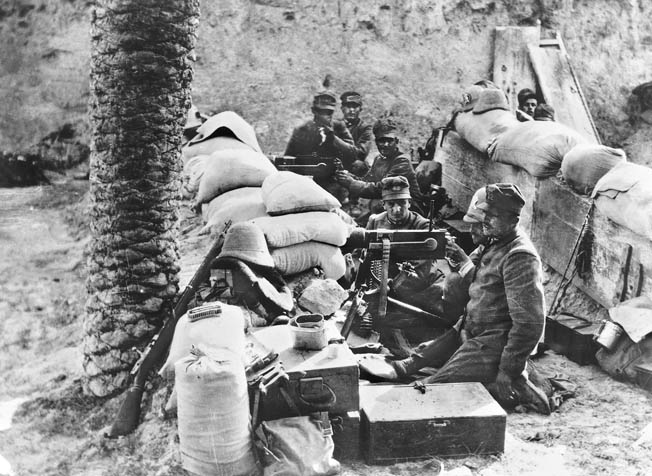
The First Aerial Bombardier
General Caneva, nevertheless, had on hand a new innovation in warfare that allowed him to wage war in three dimensions. On October 23, an Italian pilot flew his Bleriot XI monoplane over Turkish lines near Tripoli on a reconnaissance mission. Nine days later, a pilot dropped munitions on Turkish troops when he threw four grenades from his aircraft onto enemy positions, becoming the first wartime aerial bombardier in history. Then on February 24 and 25, 1912, the Italians enhanced their aerial reconnaissance capability by making the first photographs of Turkish positions from the air.
Skilled Scout Giuseppe Pasquini
If the Italians were the first to exploit the airplane in wartime on bombing and reconnaissance missions, they also did not neglect the most basic means of obtaining information about their foe—employing the dismounted scout. One such soldier was Giuseppe Pasquini of the 40th Infantry Regiment, Amelia Stillman’s father. He was a member of the 1890 conscript class and had not been released from his obligation when the war began, so he was sent to fight in Libya. Once in country, one of his missions was to act as a scout. Charged with seeking the enemy lurking in the desert dunes, he successfully executed this task acting alone on numerous occasions. As a result he soon became proficient in reconnoitering, and his commander and regimental intelligence officer came to value Pasquini’s reports.
Being out in the desert by himself as the lead scout of his unit was dangerous work for Pasquini. His commander directed that he return at a specific time, and if he did not return to his unit when expected, another scout was sent out to look for him, Stillman said. If that soldier did not return after a set period of time, then another infantryman was dispatched to locate him, and so on until all the men were accounted for one way or the other. Fortunately, Pasquini always returned on time.
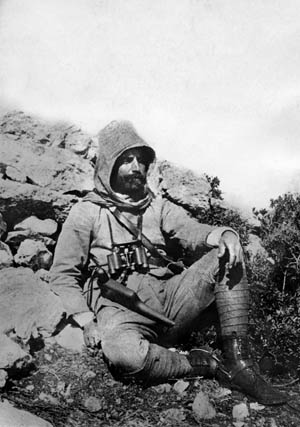
Perhaps some of his effectiveness as a scout can be attributed to his skill in using the terrain in which he operated. Just as Native Americans covered their tracks to discourage detection, Pasquini always sought to leave no evidence of his presence when looking for the enemy. He soon noted that by moving through the soft dune sand behind the North African coast that his footprints would be obliterated as the wind swept over the sand like a broom. Of course, if he failed to return to make his report and his superiors were not aware of the location of his observation post they would also have difficulty tracking him down.
On one mission during his overseas service, Pasquini experienced a particularly terrible aspect of the weather’s influence on warfare in the region. While on outpost duty, he once observed, fortunately from afar, the movement of a passing pack train of mules loaded with cases of ammunition. It was in transit to supply Italian troops engaged in combat with the Turks. He recounted to his family years later the horror of seeing the devastating effects of exploding ammunition filling the desert sky as mules and their handlers died when lightning struck a loaded animal. The bolt detonated the ammunition on the mule’s back and instantly killed the beast as well as its attendant. Unfortunately, the mules were linked together in the pack train by metal chains. The lightning bolt striking the one mule sent a charge of high voltage from beast to beast through the metal links joining the mules in the column. As the electrical charge struck each animal it detonated the ammunition and killed both the mule and its handler. Other soldiers in the immediate vicinity of the pack train who were in the lightning bolt’s electrical field also died. The result was a fiery holocaust.
Counterattacked by Arab and Turkish Forces
At the same time the Italian expeditionary force landed at Tripoli, other units occupied the cities of Derna, Homs, and Benghazi. The Turkish garrisons at Derna and Homs retired to the south after short Italian bombardments, but the Turks contested the landing at Benghazi, inflicting about 100 casualties on the invaders. Thereafter, fighting around Benghazi tapered off, but there were sharp encounters around Derna in which Pasquini participated, as well as at Homs several days after the Italians landed.
The situation around Tripoli changed quickly for the worse. Because the Italians assumed that the local population of Arabs would never make common cause with the Turks, Italian vigilance against any enemy counterattack was negligible. Supposedly friendly Arabs, for example, crossed back and forth through Italian lines without arousing suspicion. On October 23, a sudden and unexpected combined Turkish-Arab force attacked a regiment of Italian light infantry (the Bersaglieri) from both outside and inside the unit’s lines at the village and oasis of Shara Shat two miles from Tripoli. The enemy quickly overran two infantry companies, and the rest of the regiment was hard put to drive off the assailants after a day of difficult fighting. Sniping by natives continued for some time. In the roundup of suspect Arabs there were incidents of abuse by the Italian troops, which soon became overblown by English and German newspapers. Subsequent investigation revealed that there had been gross exaggerations of the incidents. Although press coverage turned positive in Europe, the effect on the Arab population continued to be very adverse. Many of the local men in Tripoli continued to fight the Italian occupation for a year in the mistaken belief that their families in Shara Shat had been massacred in the battle.
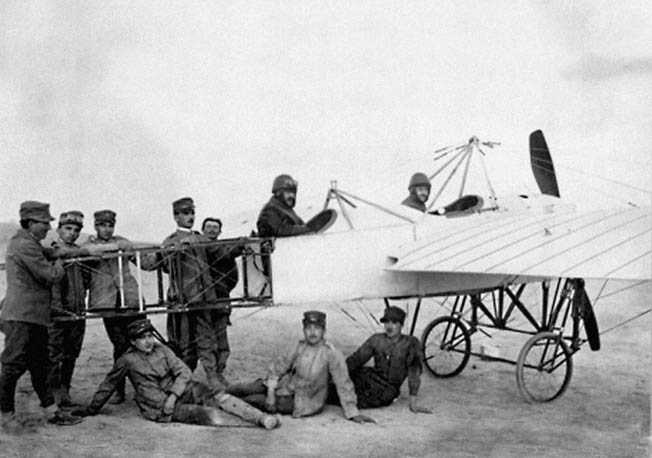
Three days later, the Turks and Arabs attacked again using gardens and palm groves for cover in maneuvering. A large body of Arabs managed to penetrate the southern outskirts of Tripoli before being rooted out and driven off. The Italian high command determined that the defensive lines being held by its troops were too long for the men available to man them and subsequently made appropriate adjustments. The five hours of bitter fighting, which resulted in many Arab casualties, had consequences beyond the battle. The European press again spread alarmist rumors that Tripoli would soon be retaken by the Turks, and the American cruiser USS Chester arrived off shore with orders to retrieve the U.S. consul and other Americans in the city. However, the consul declined to leave, and his action helped stabilize the situation. Nevertheless, the impression was given that Tripoli was beleaguered by the Arabs and Turks.
In fact, the city was indeed beleaguered, not by enemy action, but by disease. Cholera broke out in Tripoli and killed nearly a thousand soldiers. The native population, which had been augmented by many refugees from surrounding oases, also suffered grievously. Although authorities took prompt and effective measures, it took a month to bring the situation under control.
Reinforcing the New Colonies
On November 5, Italy proclaimed the annexation of Tripolitana and Cyrenaica and dispatched reinforcements to its new colonies. In the second half of November, General Caneva saw his force grow to nearly 25,000 infantrymen and 16 batteries of field and mountain artillery (64 artillery pieces). He led an expedition to reoccupy the lines abandoned after October 26. Sporadic fighting ensued as the force of some 12,000 soldiers advanced into the plain beyond Tripoli against the main body of the enemy at the oasis of ‘Ain Zara. The Italians hoped that the Turks would stand and fight, but the Turks conducted a skillful delaying action helped by the mobility of their Arab allies. The Turks withdrew to ‘Aziziva some 30 miles south of Tripoli. A strong Arab force went into an encampment a day’s march from ‘Aziziva.
The Italian government now faced a dilemma. Things were not going particularly well for Italy in North Africa and elsewhere. Turkey did not show signs of buckling under Italian pressure. At the same time, the Italian government told General Cavena to hold down casualties, which limited his scope of action. The Italian expeditionary force conducted no further large offensive operations for the next four months. When Italy sought to extend the theater of operations to Turkey itself, Germany and Austria-Hungary actively discouraged the move. In addition, in January 1912, Italian cruisers intercepted two French mail steamers en route from France to Tunis and brought them into the port of Cagliari. The Italians suspected the French vessels carried aircraft for the Turks. After the matter was decided in the Netherlands in favor of Italy, the French press published threats against its neighboring state, threats not soon forgotten by the Italians.
While fighting raged around Tripoli, there was relative calm around Benghazi, Derna, and Tobruk as the Italians made no attempt to extend the area of occupation beyond these port cities. But the Turks were not inactive as Enver Bey arrived in Cyrenaica late in 1911 and succeeded in organizing a formidable resistance among local Arabs willing to throw in their lot with the Turks. Enver Bey’s combined force invested both Benghazi and Derna during the first months of 1912. The Arabs closely besieged Derna, where they launched four violent attacks against the garrison from the end of December 1911 to the first week of March 1912. The Italians repulsed these attacks, convincing Enver Bey and his allies that further attempts would be pointless, and the district went on to enjoy five months of relative calm.
As for Benghazi, by the end of the day on November 11, Italian soldiers had reconnoitered six miles out from the city. After a sharp encounter with the enemy, the men returned to the city. There was no further activity until the following March. Italians built blockhouses along their defensive lines, and the troops settled into their fortifications until March 12, when Lt. Gen. Ottavio Briccola sent an attack column against an Arab force situated in a collection of gardens known as Two Palms. The Arab positions were less than a half mile from the Italian redoubts, and although a large group of Arabs attempted to reinforce their troops in Two Palms, the Italian attack column overwhelmed the defenders, inflicting heavy casualties. Thereafter, there was practically no fighting in the area.
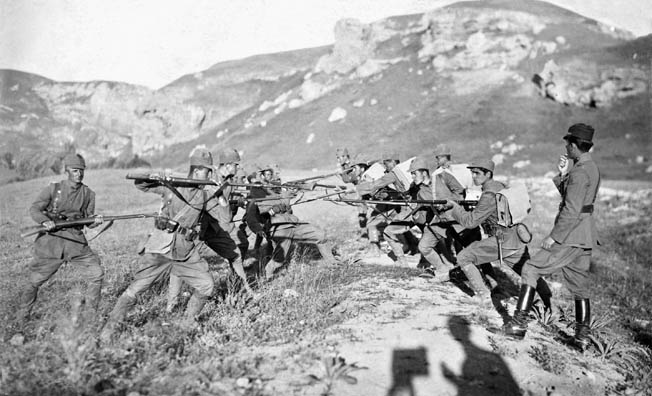
Treaty of Ouchy: “Tripoli Will Be Italian”
In April 1912, Italian troops made various landings along the North African coast, one of them near the Tunisian border, without consequence. But in May fighting picked up inland east of the town of Homs and later around Tripoli. The Turks and Arabs had become encouraged by the relative Italian inactivity during the spring and had become bolder around Tripoli. They pushed their lines closer to Tripoli, which prompted the Italians to attack with two brigades on June 8. The Italian troops drove the enemy from its positions, killing about 1,000 combatants. A few days later, the Arabs attacked the Italian positions but were driven back again with heavy losses.
Further action resulted in defeats of the Turks and Arabs, convincing them that they were not going to drive the Italians out of the newly proclaimed Italian provinces. The antagonists fought two important battles in September 1912, while peace negotiations were under way. One battle took place near Tripoli at Zanzur, where the Turks and Arabs lost 1,500 killed and the other around Derna, where another 1,500 of their fighters died.
On October 15, the Turks and Italians signed the preliminary Treaty of Ouchy, which was followed by the definitive Treaty of Lausanne on October 18, with the Italians winning control of what is today Libya. At the same time, the Italians recognized a representative of the Turkish sultan as caliph (the Turkish religious authority) in the newly acquired Italian territory. Pasquini survived combat in North Africa, returned to Italy, and was soon on his way across the sea to the United States to start a new life.
Libya was again to be the scene of bitter fighting in World War II and finally achieved independence from Italy. More recently, Muammar al Qaddafi was deposed in October 2011, and four Americans who were part of the U.S. diplomatic mission in Bengazhi were killed in September 2012. A state of high uncertainty still exists in the North African country. Nevertheless, the Italian influence in Libya remains. Although Stillman can still sing “Tripoli Will Be Italian,” today those words only live as a song’s refrain.
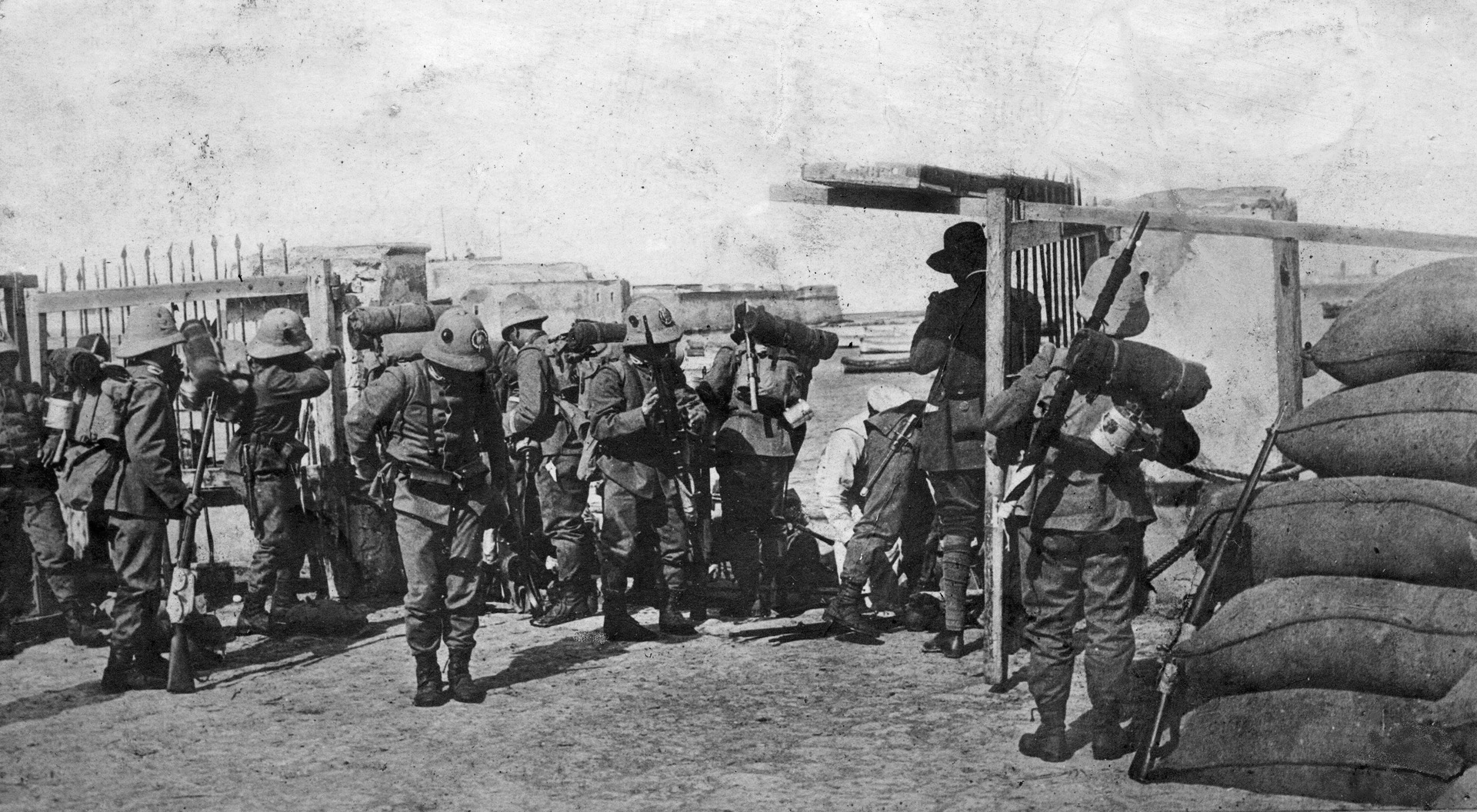
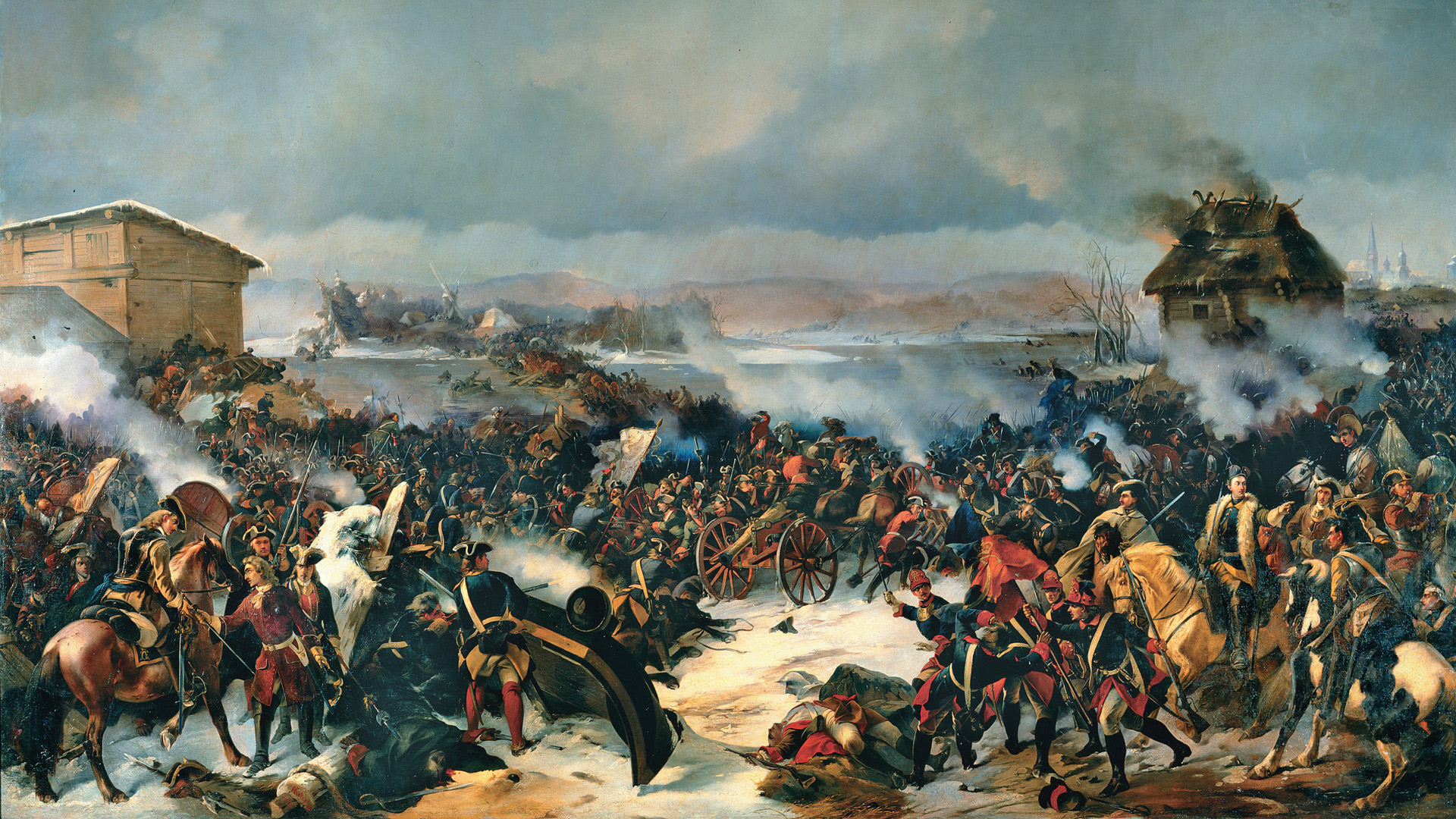
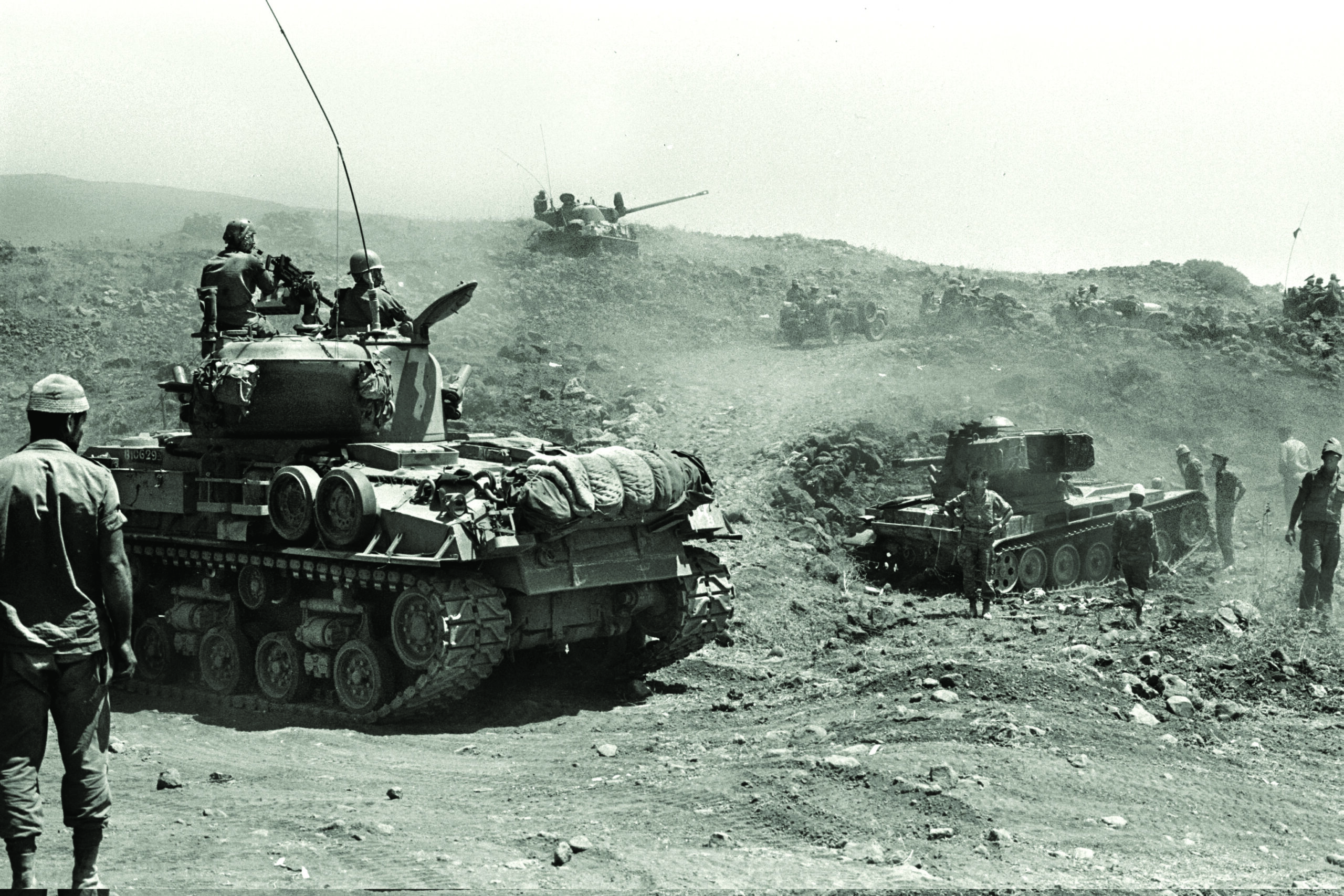
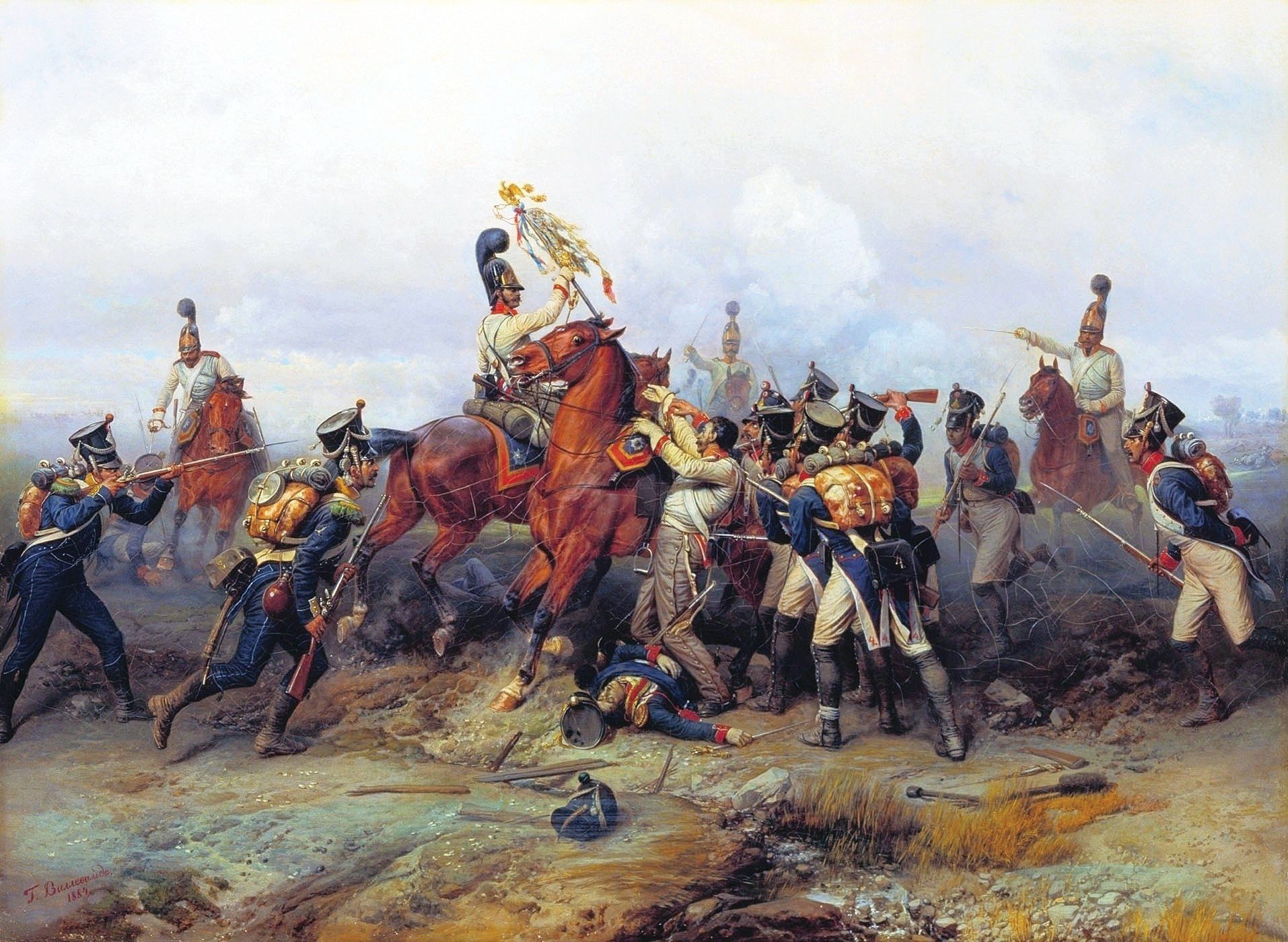
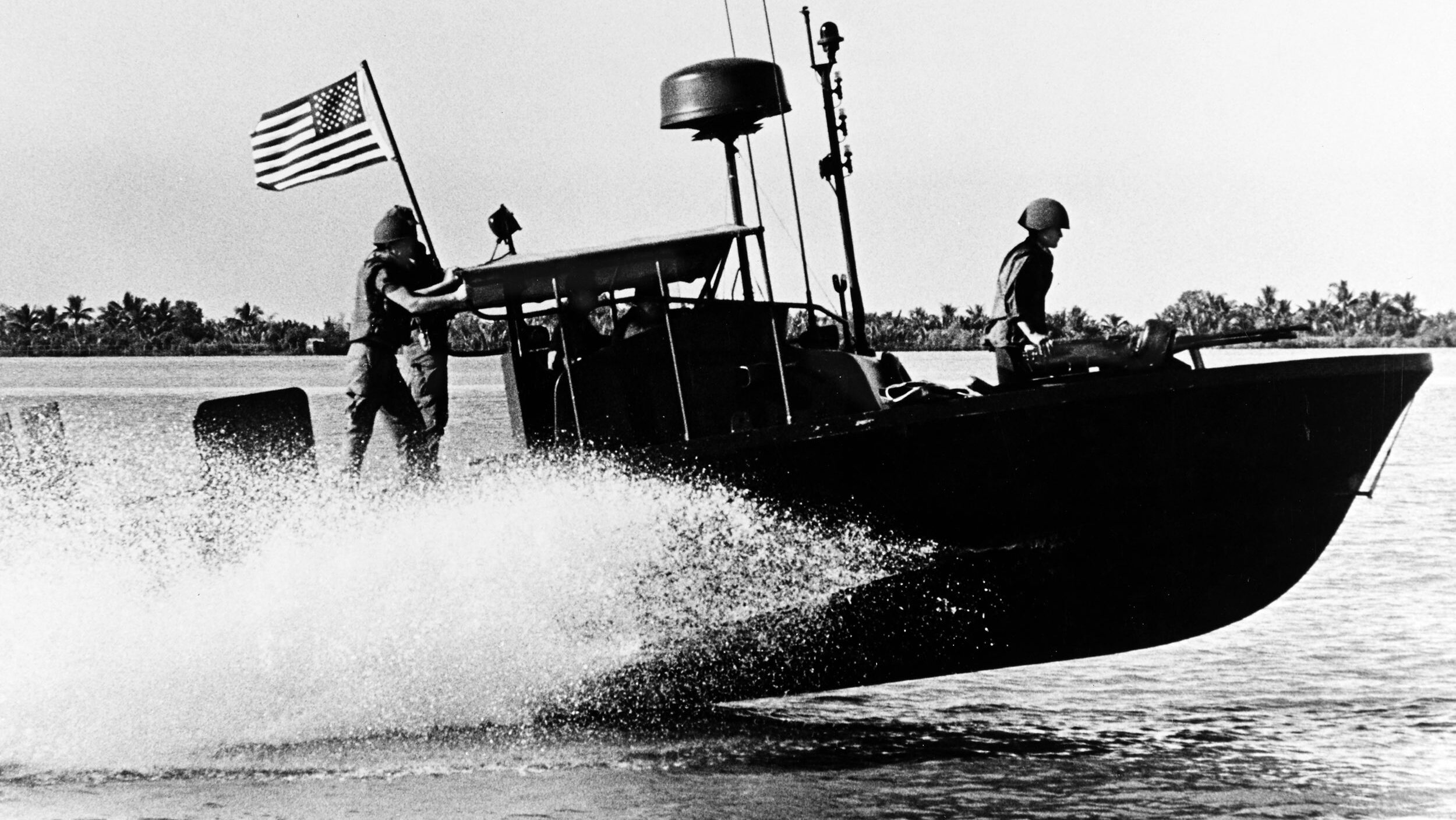
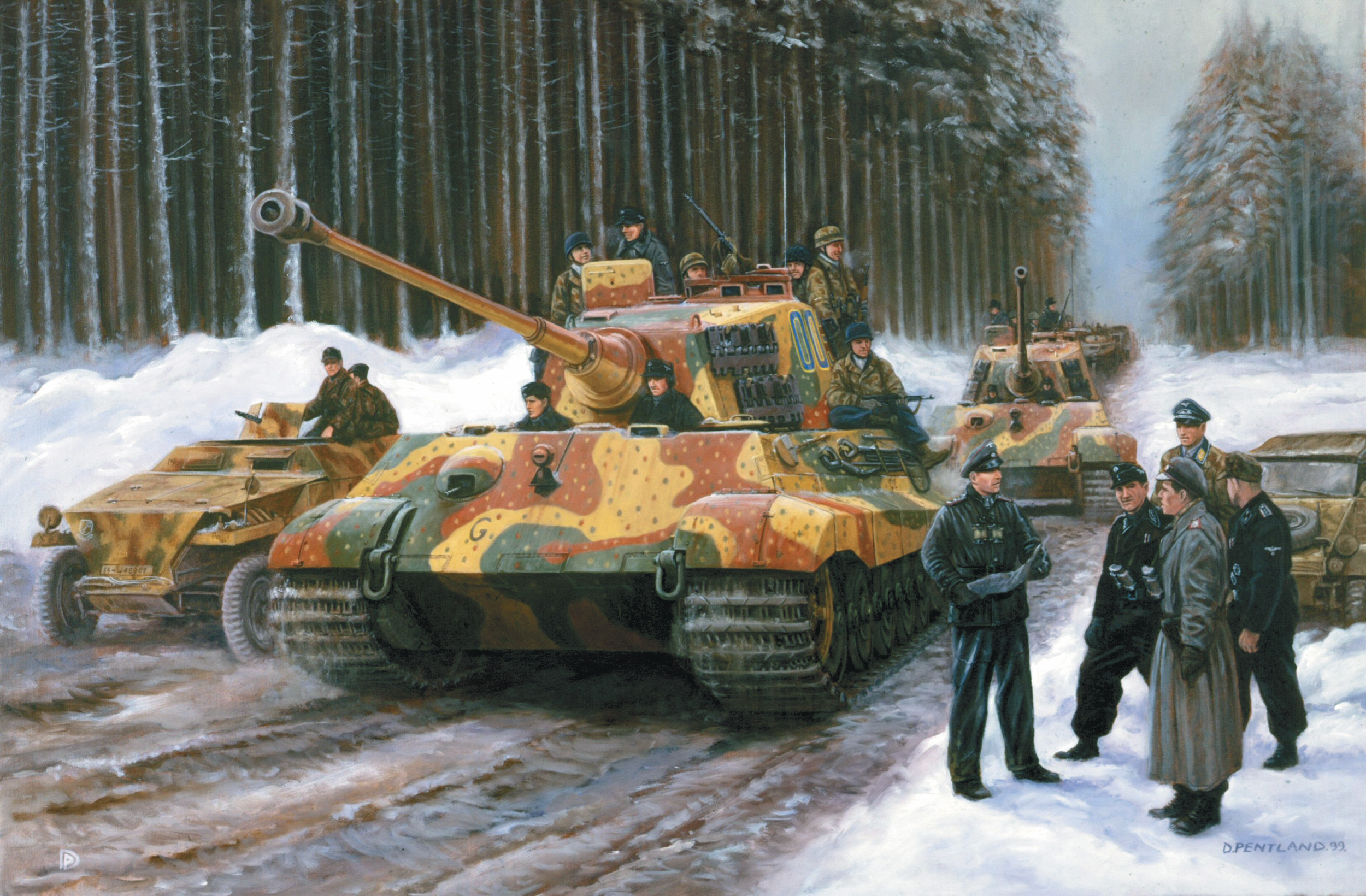
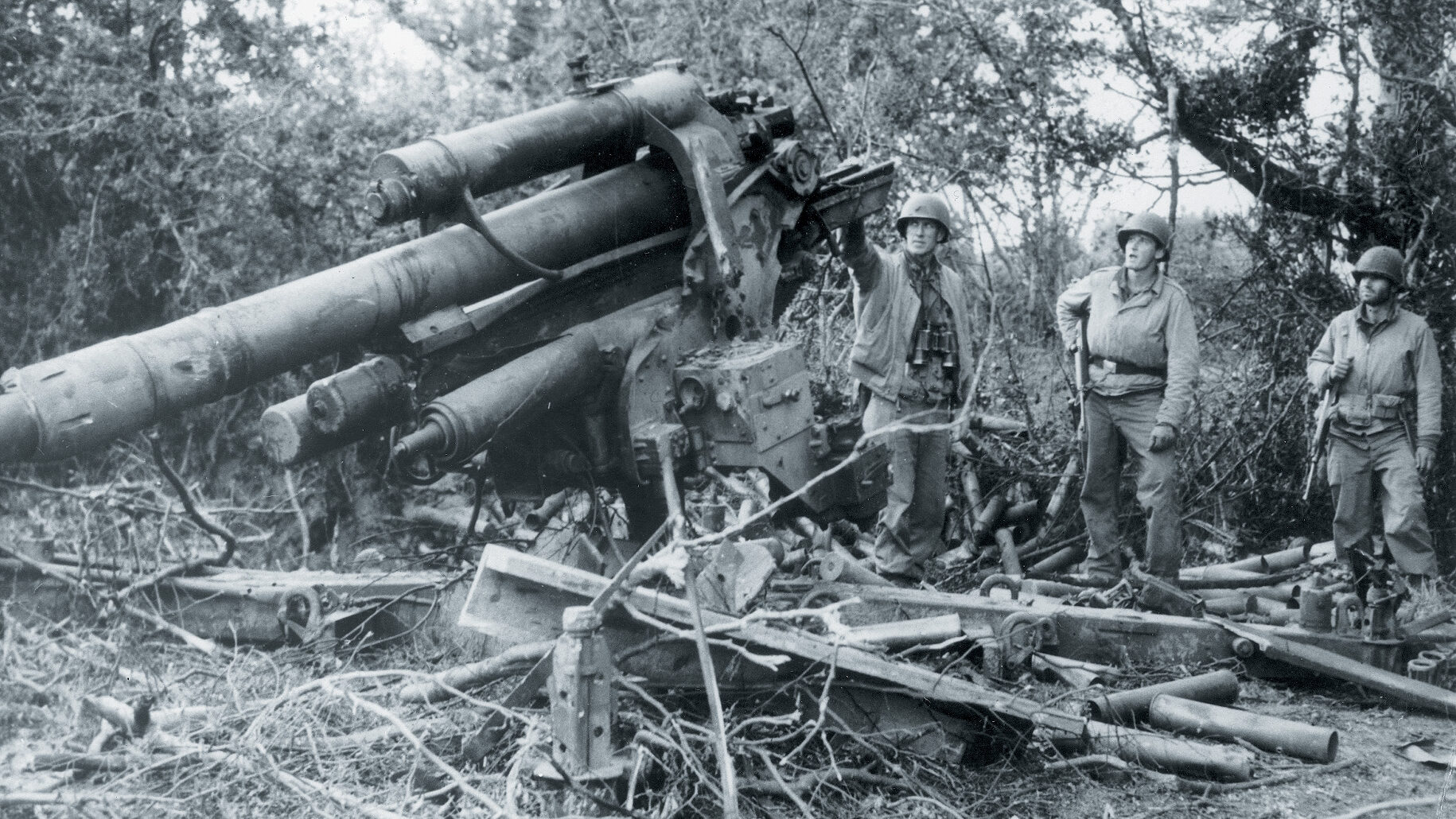
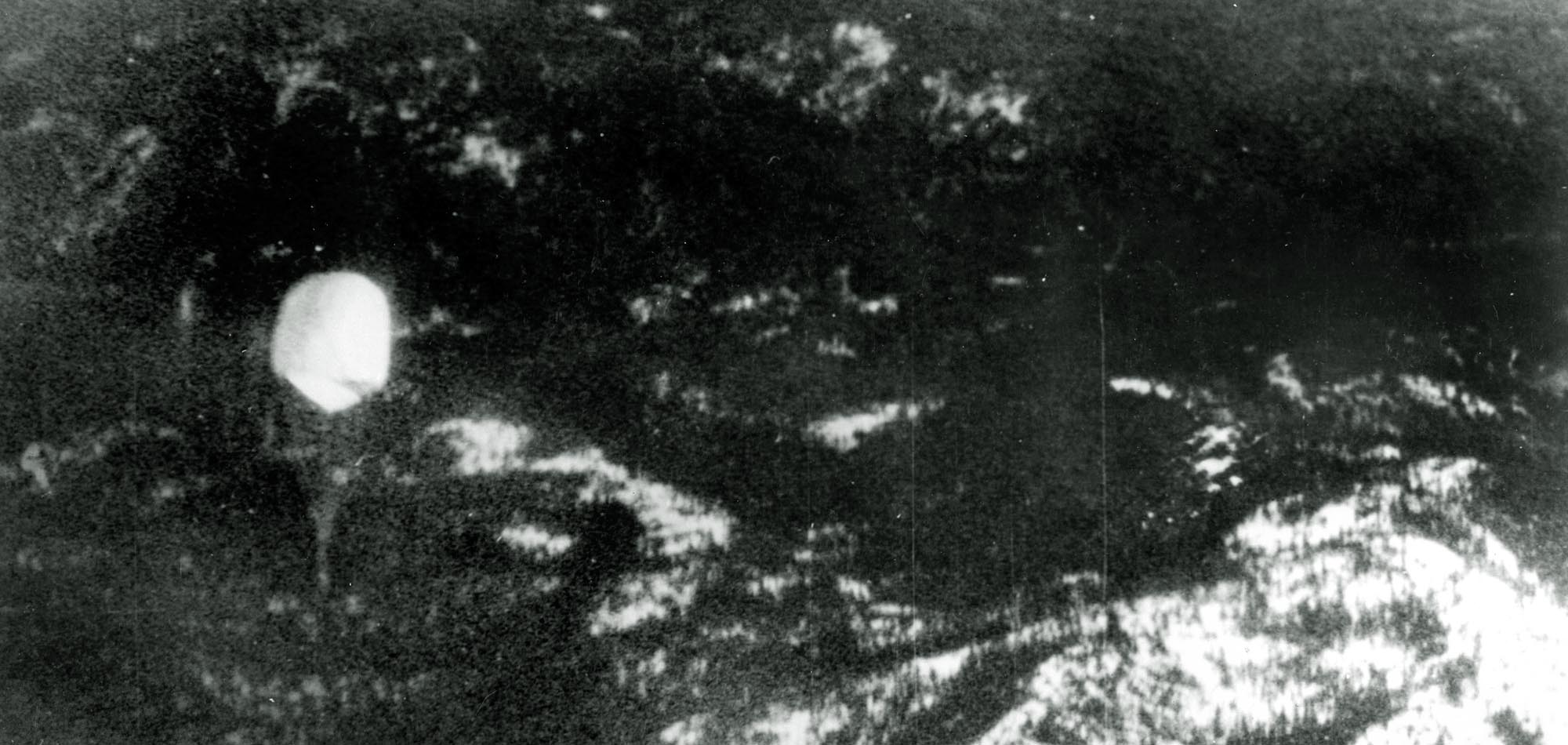
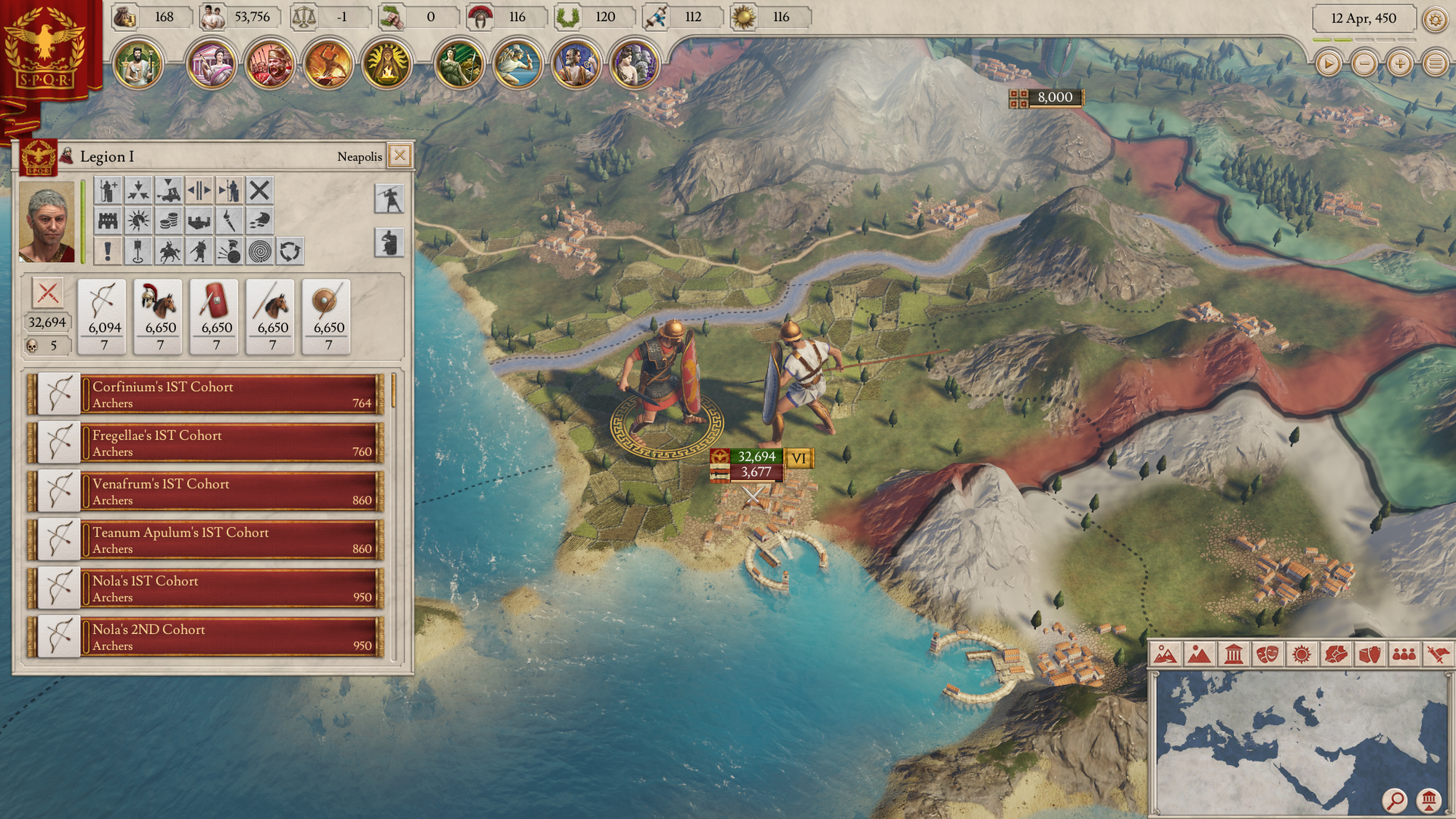
Join The Conversation
Comments
View All Comments